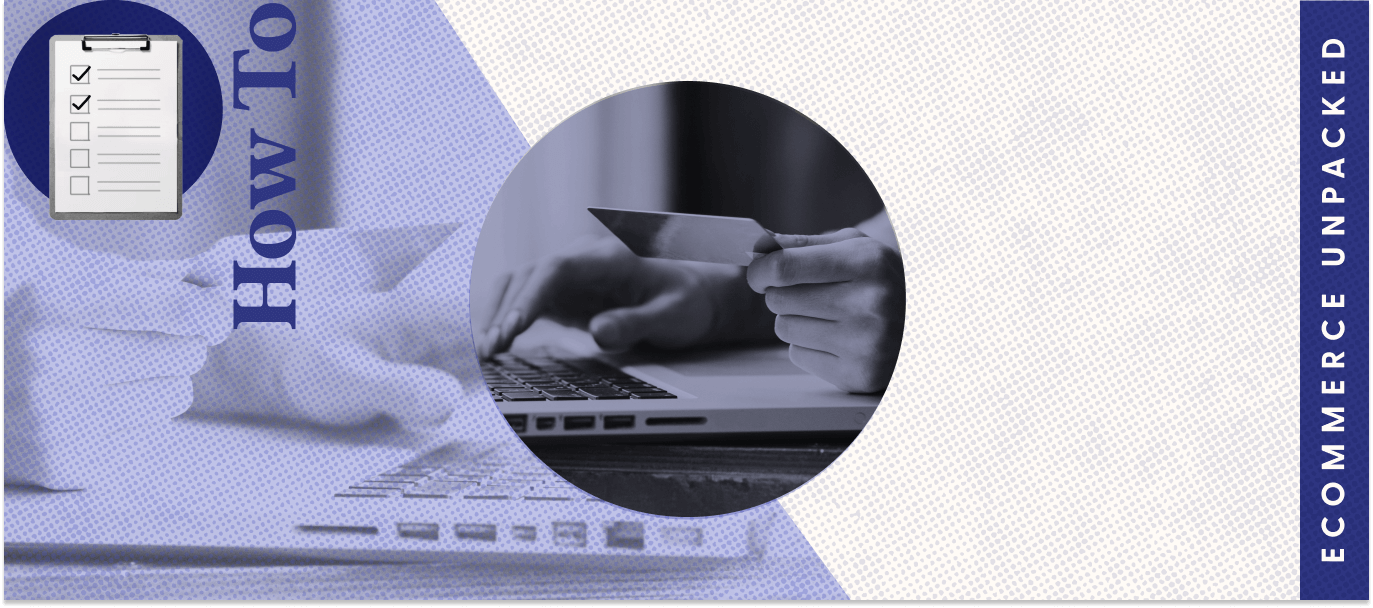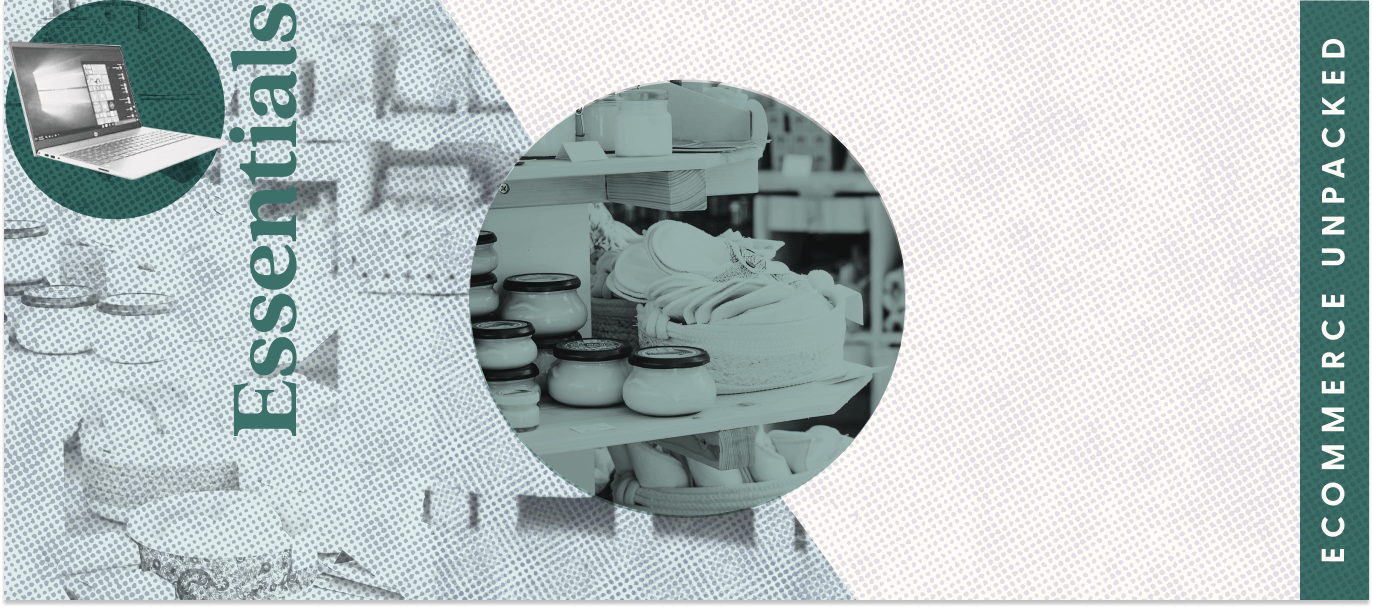In the ecommerce world, user experience can make or break a customer relationship. Zendesk reports that 61% of customers say they’ll switch to a competitor after just one negative experience. So, it’s crucial for every ecommerce business to refine their online storefront as much as possible. Enter headless ecommerce.
Headless ecommerce platforms have a user interface separated from backend functionality. They help online stores load faster and adapt better to customer behavior. In short, they can make your storefront look and work seamlessly and with a customizable function.
Looking to tap into this innovative solution? Read on to learn how you can go headless.
Key takeaways
- Headless commerce works by decoupling the frontend of an online store from the back, giving businesses a new level of freedom in how they design the customer-facing elements of their store.
- Factors to consider when choosing a headless ecommerce platform include business features, integrations, interface, platform customization, customer experience, support and security, and overall cost.
Understanding headless ecommerce
In traditional ecommerce platforms, the frontend (the part the consumer uses) is closely tied to the backend (which processes orders). Headless commerce architecture is different.
Headless architecture puts a gap (an application programming interface or API) between the presentation layer and the site’s functionality. Frontend developers can tailor the user experience however they like, and they can deploy it in various places.
In this way, headless architecture allows for true omnichannel marketing, enabling ecommerce businesses to promote their products and services across all possible customer touchpoints. For example, Curalate reports that 76% of customers purchased a product they saw in a brand’s social media post, while only 21% bought the item in a physical store. Reaching customers on the go is possible with headless ecommerce.
Benefits of headless ecommerce
In general, headless commerce solutions offer an exceptional user experience, and they make launching marketplaces easy. Digging into the benefits could help you understand why this approach is so revolutionary, and potentially key to delivering the kind of experience customers are looking for.
- Faster loading time
A survey by Digital.com found that more than half of customers expect a page to load in three seconds or less, and that they’ll abandon shopping carts if pages don’t load fast enough. While traditional website architecture can lead to very slow loading times, headless speeds things up.
If you’re using headless ecommerce architecture, you can design fast pages that load quickly on almost any device, including a phone. This can increase your conversion rate, leading to more sales.
- Customizable shops
Branding is critical to business success, but it’s hard to stand out in today’s crowded social media marketplace.
In a traditional commerce system, companies use templates to build sites. There are limitations to the customizability of a website, leading to gaps in functionality or differentiation that may help set you apart.
Headless ecommerce gives you more options to completely customize the customer experience. And if something isn’t working, you can switch it up to deliver a better experience without entirely rebuilding your backend functionality.
- Omnichannel experiences
More than a third of Americans have participated in an omnichannel experience as part of regular shopping, according to McKinsey & Company. They buy products online and pick them up in the store, tap preferences into a kiosk and pay at checkout, or use an app or website to order something delivered to them.
Omnichannel marketing relies on a consistent digital experience regardless of device or channel. Your customers should recognize your brand whether they’re shopping in person, on your site, or on their phones. Headless ecommerce platforms make this more attainable than traditional methods.
- Effective marketing
Since headless ecommerce platforms are so versatile and customizable, marketing teams have complete creative control over their campaigns, no matter where those campaigns are launched.
Once you go headless, it’s much easier to deliver the same deals, using the same language and visuals across web, social media, app, and text. You can change those campaigns too, keeping up with current trends and customer behavior.
7 factors to consider when choosing a platform
Various platforms are available for business owners hoping to dive into headless ecommerce. Take your time choosing the platform that’s right for your ecommerce website. Prepare to dig deep into features, ask plenty of questions, and play around with demonstrations to find the right fit.
These are key items to look for as you optimize your ecommerce website with new technology:
1. Business features offered
An ecommerce platform should make running your business easier with plenty of business features.
Your potential platform should offer the following:
- Analytics: How many people find your products and services? How many buy them? What products are popular? What is your conversion rate? What are the demographics of your customer base?
- Order management: No customer experience is complete without delivery. Your platform could help you track orders to answer customer questions on the fly and help them manage their orders.
- Inventory management: Some platforms allow you to track your inventory down to the item. Marketing teams can adjust their campaigns accordingly. If you’re running low on a product you’re promoting, you can pull it down for a replacement within minutes.
Your ecommerce platform should streamline your workflows, helping you deliver an omnichannel experience quickly and effectively.
2. Integrations available
Headless ecommerce platforms work with an API (application programming interface), delivering information from the frontend to the backend seamlessly. That same API should connect you with the tools, like Recharge, needed to run your business effectively.
An API can enable ecommerce functionally via apps and plugins. If your platform has these items built in, you can get started immediately on your omnichannel experience. If not, the platform should have an API you can use to connect with the tools you need.
3. User-friendly interface
In a recent survey by Workfront, nearly 80% of marketers say they’re understaffed and overloaded. Any new tool being added to the mix should make their work easier, not harder.
Make sure the content management system delivered by your headless ecommerce platform has an exceptional user interface. It should be user-friendly for everyone, including people who aren’t developers.
4. Platform customization
Customization is an integral part of quality headless ecommerce platforms. The more you can change the digital experience in real time, based on customer data, the better and more effective your future-proofing plans will be.
5. Customer experience
Meeting customer needs leads to bigger shopping carts and higher profits. Your headless ecommerce platform should offer a seamless user experience every step of the way.
Features like mobile optimization can ensure that customers have a great experience regardless of the device used. And search engine optimization (SEO) tools ensure that your Google bot customers can find and scrape your site, so you’ll get shown to even more buyers in the future.
6. Support & security
Your headless ecommerce platform should offer robust security measures to keep customer data and your money safe. Having adequate support is a must to keep your customers happy and safe.
7. Overall cost
Pricing is a significant factor for people shopping for headless ecommerce platforms. Some are pricier than others. Look for solutions that work within your budget and will help you gain higher profits overall.
Best headless ecommerce platforms
There are many headless ecommerce platforms to choose from, each boasting unique functionality and frontend experiences. Here are a few companies to consider:
Shopify Plus
For years, businesses have used Shopify for ecommerce sites. Shopify Plus is a new headless ecommerce platform from a company you know and trust.
This tool allows you to transform any device (including computers, phones, kiosks, and apps) into a sales channel. The Shopify API is flexible, allowing you to launch a storefront almost anywhere, even if you’re not a developer.
Shopify Plus includes a content management system (CMS), enterprise resource planning (ERP), and customer resource management (CRM) integrations, plus prebuilt solutions to get you online quickly.
BigCommerce
Whether you’re running a business-to-consumer (B2C) or business-to-business (B2B) ecommerce site, BigCommerce can help. This tool is designed for enterprise use, so it’s ideal if you have plenty of storefronts up and running. But the user interface is clean and clear, so it can also work well for smaller shops with fewer open sites.
The BigCommerce API connects with big players like Amazon, eBay, and Google. Use the API to connect with a CMS like WordPress too. If you’re hoping to use plenty of plugins to deliver functionality, this could be the vendor for you.
Adobe Commerce
Marketing teams live within the Adobe Creative Suite almost every day. Adobe Commerce (formerly known as Magento Commerce) extends the tools you’re familiar with into the realm of ecommerce solutions.
Adobe Commerce provides all-in-one solutions, allowing anyone to customize an ecommerce website. Create multiple customer touchpoints and tap into scalability options as your business grows.
Adobe Commerce integrates nicely into Creative Suite tools like Analytics, Experience Manager, and Creative Cloud. Plus, it offers a famously effective inventory management system.
Salesforce Commerce Cloud
Sales teams use Salesforce to connect with customers and nurture relationships. The same company offers a robust tool that could boost conversion rates and increase the value of all sales channels.
Salesforce Commerce Cloud allows companies to embrace an API-first approach to their ecommerce store. Use the tools to really customize and personalize the customer experience based on real-time data.
Partner apps allow you to engage with different marketplaces. And you can even connect with modern augmented reality systems. If you’re selling something like furniture that people want to see in real-world settings, this could be very helpful.
Commercetools
commercetools is described as a next-generation digital commerce company, operating in the Microsoft environment and using API-first principles. Use this tool to sell to customers across multiple touchpoints, from smartphones to websites to voice assistants.
commercetools offers an exceptional inventory management interface, so you always know what to sell and when. And it integrates with ecommerce solutions such as payment, content management, and frontend development.
Future-proof your business with headless ecommerce
No matter how customers engage with you, a fast and optimized experience is a must. If you decide to go headless, make sure the platform you choose offers all the features and integrations you need, and is easy to use right out of the box.
Make sure you’ll have help if you run into trouble, and that the price is reasonable.
With a little research, investigation, and experimentation, you can find the right company for you, your business, and your customers.
FAQs about choosing a headless ecommerce platform
Do all online businesses need headless ecommerce solutions?
As the demand for increased customization continues to increase for ecommerce stores, headless will continue to gain steam. However, headless commerce isn’t for every business at every point in their journey. Some brands may choose to use a templated platform for stability and support reasons.
Can you still use your existing CMS when migrating to headless ecommerce?
It depends. Some headless ecommerce platform providers integrate with common content management systems (CMS) like WordPress. If the two tools you use play well together, you can integrate them quickly.
Sources
[1] COVID-19 Boost to Ecommerce Sustained Into 2021, New UNCTAD Figures Show. (April 2022). (United Nations Conference on Trade and Development. )
[2] Why Is Headless Commerce Getting $1.6 Billion in Funding? (May 2021) (Forbes)
[3] 76% of Consumers Buy Products Seen in Social Media Posts (Retail Touch Points.)
[4] Report Shows Consumers Won't Wait Long for Web Pages to Load. (January 2022) (The Mercury News. )
[5] The Importance of Branding in Business. (May 2021) (Forbes)
[6] Omnichannel: The Path to Value. (April 2021) (McKinsey and Company)
[7] Stressed and Questioning Your Job in Marketing? (August 2015) ( Marketing Interactive. )
[8] 57 Crucial Ecommerce Fraud Statistics for 2022: Types, Cost & Protection Data. (Finances Online)



